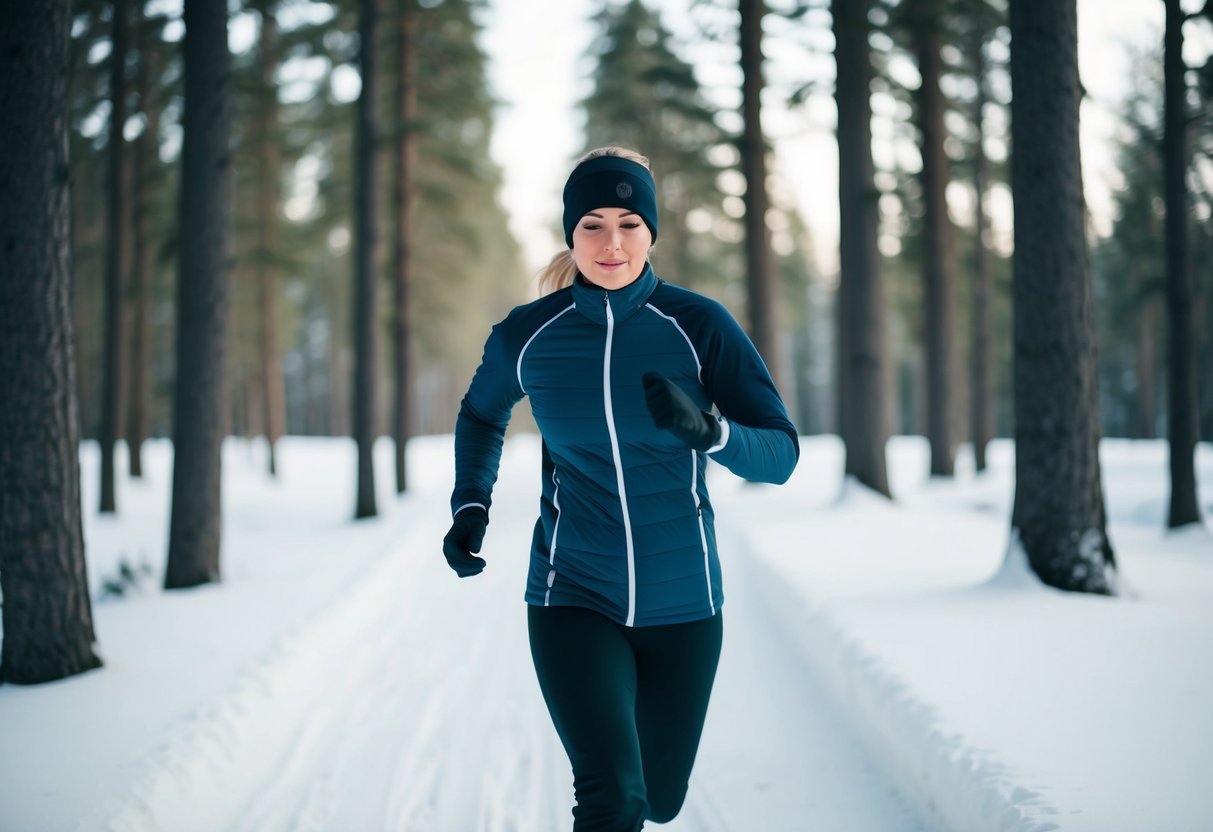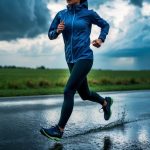
Moisture-Wicking Materials
Moisture-wicking materials play a significant role in keeping the wearer dry and comfortable. These synthetic fibers, often made from polyester or nylon, are specifically engineered to transfer sweat away from the skin. By drawing moisture to the surface, they facilitate rapid evaporation, preventing the chill associated with damp clothing.
These materials are particularly beneficial during high-intensity workouts. Their quick-drying nature means wet fabrics don’t cling to the skin, allowing for continuous activity without discomfort. Unlike some natural fibers, moisture-wicking synthetics are lightweight and feature flexibility and ease of movement, which are essential for outdoor sports and exercise.
Insulating Fabrics for Thermal Protection

The best winter activewear utilizes specialized fabrics to retain body heat while managing moisture. These fabrics provide warmth and comfort, allowing individuals to maintain optimal performance during outdoor activities in cold weather.
Fleece-Lined Leggings and Tights
Fleece-lined leggings and tights offer a perfect blend of warmth and comfort. These garments typically feature an interior layer of soft fleece that traps heat and provides insulation. The fleece material is both lightweight and breathable, ensuring that the wearer stays warm without overheating. In addition, the outer layer of these leggings is often made from a stretchy, moisture-wicking fabric, which allows for a full range of motion and helps keep sweat away from the skin.
Many brands, such as Baleaf, offer fleece-lined winter leggings designed to offer thermal protection while maintaining flexibility and durability. These leggings are ideal for outdoor workouts and activities, as they provide a snug fit and reduce wind chill. Their design caters to athletes and fitness enthusiasts who prioritize performance and warmth during winter. The combination of warmth, breathability, and flexibility in fleece-lined leggings makes them a popular choice for cold-weather exercise.
The Role of Brushed Fabric
Brushed fabric plays a crucial role in winter activewear by enhancing insulation and softness. This technique involves brushing the fabric’s surface to create a layer of tiny fibers that trap air, which helps retain body heat. The result is a material that offers excellent thermal protection while maintaining a comfortable feel against the skin. Brushed fabrics are often used in a variety of activewear items, from tops to leggings, adding extra warmth without bulk.
The use of brushed fabric is especially important in cold-weather gear, as it maintains warmth even during rigorous activity. It effectively manages moisture, drawing sweat away from the skin and helping to regulate body temperature. This makes brushed fabric a valuable component in designing outdoor activewear that withstands the challenges of winter conditions.



